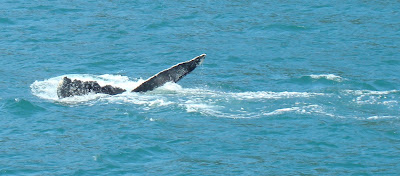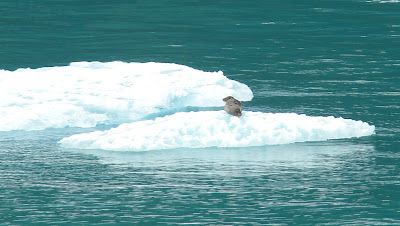We all know that in the tales about Jesus that he hung out with the unsavory types. We know he called common unremarkable people and down right bad guys to be his disciples. We are all pretty sure however that he would really rather be with us in our carpeted air conditioned church buildings as we pass the offering plate and baptize the annual new convert in warm clean clear water in a Sunday post sermon show. But that's wrong. That is the accumulated crust of two thousand years of bull shit absorbing the truth about what this is all about.
Poetry & Song always seem to open a passage to parts of us we didn't know were there. We have personal wildernesses with valleys brim full of the truth. Sometimes a poem is a pathway to those places. This is one for me.
if you’ve suffered blow after blow
and can barely dare to lift your head,
if you’ve ever wished you’d rather been -
if you’ve bled, or tried to bind a wound
if you’ve cried then tied a knot to choke
the flow of hope before it can open up
a way to disappoint again
and leave you broken
then this is for you.
If you’ve longed, if you’ve wronged,
if you choke on the words to your favourite song,
if you need a Doctor,
or you’re beyond
medical help
then come.
If you’re cracked, if you’re splintered,
if your Winter is just too long,
if this Winter is just too long,
(but the thought of Spring is terrifying,)
then come.
Because Jesus came
for the broken brother and sister,
the ache, the pain and the blister,
the wrong decision,
the open wound
the blurred vision
the won’t-ever-hope-again.
Jesus came
for the insane, the unfulfilled, the searching
the street child, the tramp and the urchin,
the poor little rich girl snorting coke and
cursing, and the man who sold it to her.
Jesus came for those nursing a need,
nursing a drink
out of control,
on the blink,
on the brink,
falling overboard, and about to -
sobbing at the kitchen sink.
Jesus came for those the world drives mad,
for the bad, yes the bad,
Jesus came for the bad,
so if that’s never been you,
then fine, just go, because
Jesus didn’t come for the well, the swell,
“the hell – I’ve got everything I need”
the nothing’s-lacking, the non-cracking up.
He’s not interested in courting the sorted
he came to fill the cup of the thirsty,
the worst, the broken, the burst open,
Jesus came for the sick.
the packed-up, the cracked-up,
the smashed, hopes dashed, and the picked-on,
the meek, the weak, the stuttering,
those who blush when they speak
and the walked-out-on.
Jesus came for the left behind,
for the cheats and the cheated,
the ones who crossed the line
and the ones who still don’t know where to begin.
Jesus came for the people who know how it feels
when you say “sin”
for the broken to open,
to break for those who choke,
for the people who don’t have everything we need,
for the ones who know we need hope.
© Jude Simpson 2007


















































